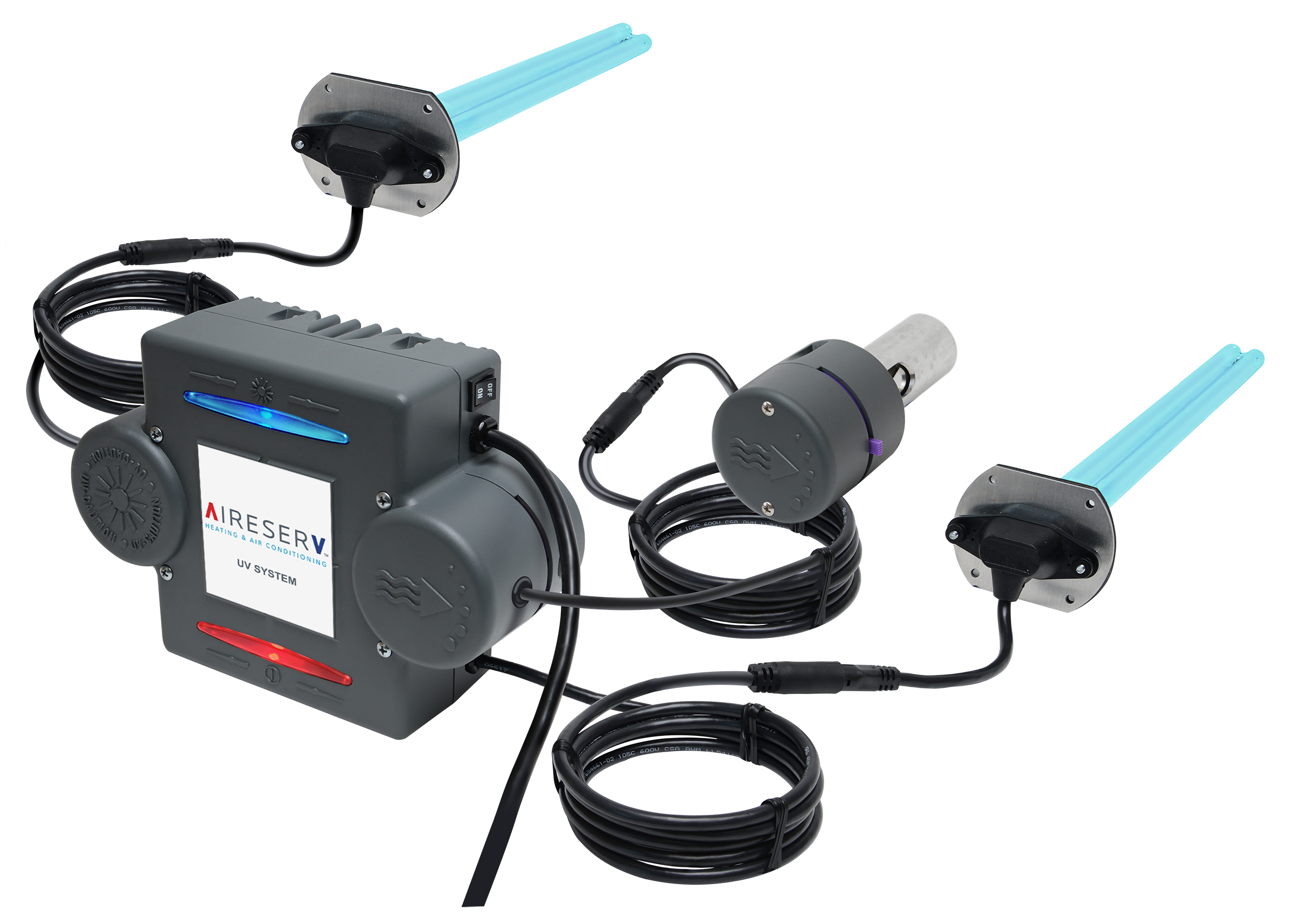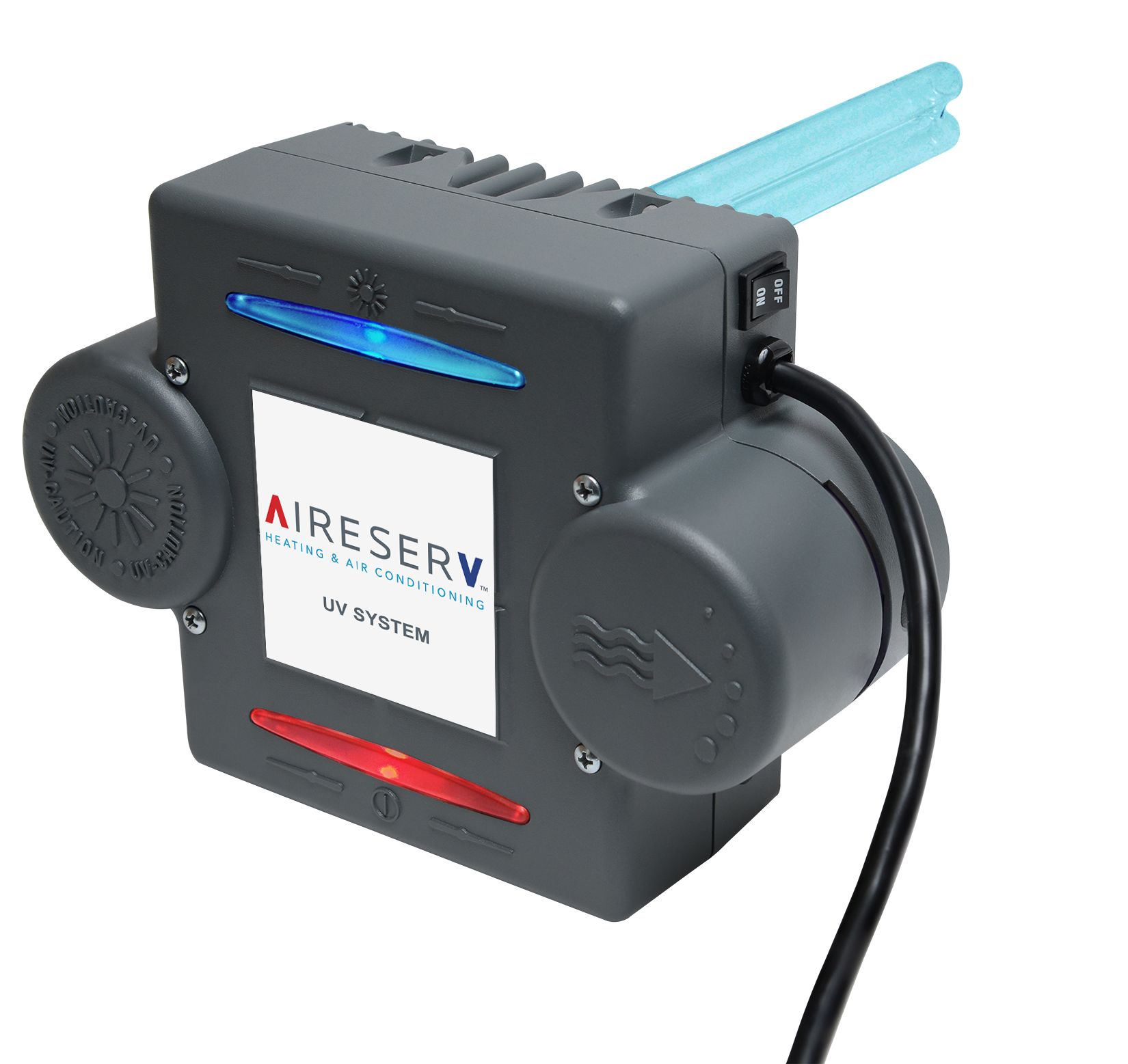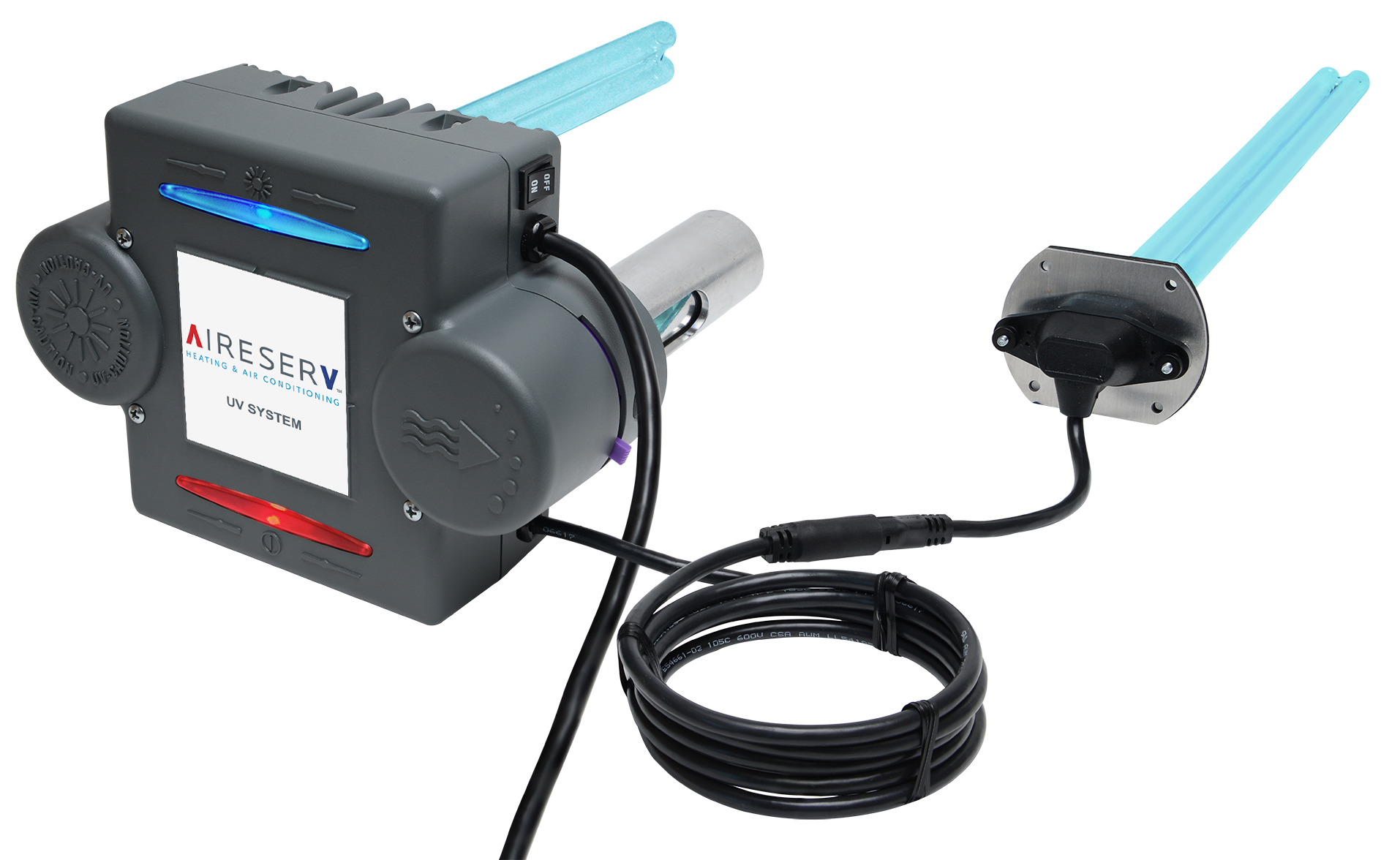Ultraviolet systems keep HVAC equipment, and the airstream free of pathogens and fight superbugs!
A BRIEF HISTORY
Ultraviolet germicidal irradiation, or UVGI, is a method of disinfection using UV-C germicidal light at the 254-nanometer (nm) frequency to kill or deactivate microorganisms. Introduced in the late 1800s, it first came onto the scene in 1903, when Danish scientist Niels Finsen received a Nobel Prize for medicine for using UV-C light to combat tuberculosis.
UVGI was used for water disinfection in the early 1900s, and for both water and airstream disinfection in the post-WWII era. However, it fell out of favor in the 1960s as new antibiotics and cleaning agents came to market and mechanical ventilation in buildings improved. In the 1990s, demand for the germicidal technology returned, following a resurgence of antibiotic-resistant germs.
Over the past 12 to 15 years…
it has been realized that the benefits of UV-C (energy savings, reduced maintenance, and improved IAQ) are not solely reserved for the health care setting.
Coupled with the fact that UV-C can kill virtually any microbe including viruses, has resulted in the significant growth of UV-C systems in residential, commercial, and industrial applications.
High-traffic spaces where airborne microorganisms are prevalent, Indoor Air Quality (IAQ) is becoming a huge concern!
HOW IT WORKS
Typically, UVC systems are employed in these configurations: cooling coil disinfection, duct and upper air airstream disinfection.
- Coil-irradiation and airstream disinfection systems are installed within HVAC equipment and help maintain a clean evaporator coil, drain pan, and surfaces, preventing mold and other contamination from being introduced into the airstream via the HVAC equipment.
- Improving air quality by continually ensuring the airstream is clean when it leaves the equipment, coil-mounted systems can potentially save energy.
- Keeping cooling coils in AHUs free of biofilm buildup can reduce pressure drop across the coils and improve the efficiency of the heat exchanger.
- In-duct UVC systems distribute UV energy uniformly in all directions throughout the length of the UV duct or AHU [in which they are installed] to deliver the appropriate UV dose to air moving through the irradiated zone.
- Microbes exposed to UV-C can be ‘killed’ in under a second, and these units have been shown to be effective against airborne viruses and bacteria, including chickenpox, measles, mumps, varicella, TB, and cold viruses.
- UV-C disinfection catches what HEPA filters can’t.
Viruses and certain bacteria are so small that they pass through even the highest-efficiency filter like sand through a tennis racket. UV-C disinfection is the perfect complement to conventional filtration. The filter removes the particulates from the air, and the UV-C energy deactivates the microorganisms that pass through the filter that would have otherwise been distributed through the HVAC system.
Coil-mounted and in-duct/upper-air systems work in tandem. Installing UV systems in the air handler section will achieve immediate results by disinfecting coil and other surfaces within the AHU (typically within an hour) but will require time for the UV-C light to penetrate deep into the coil, breaking down the biofilm.
How long it will take for the UV-C light to penetrate through the coil depends on how fouled the coil may be.
Which UV Light is right for you?





